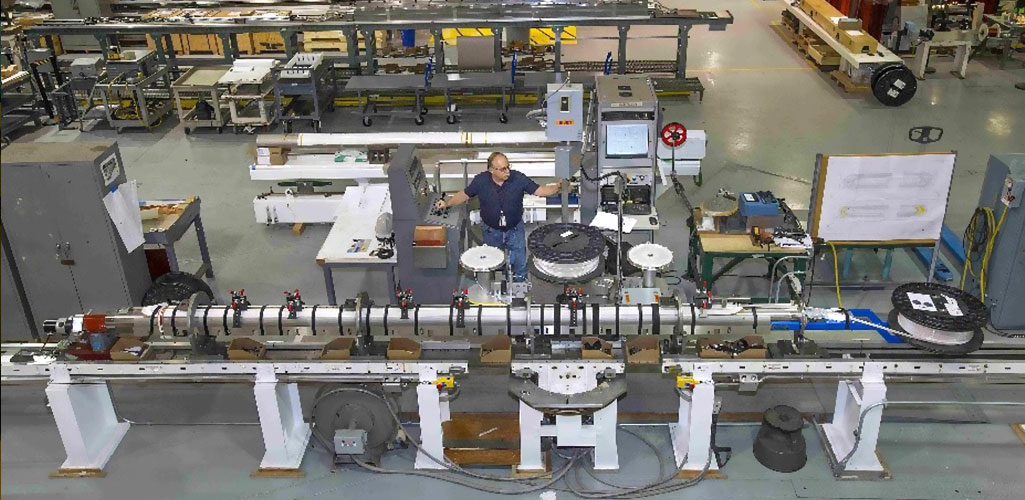Superconducting Magnet Division
Specializes in superconducting technologies for use in particle accelerators and experimental facilities

The Superconducting Magnet Division (SMD) develops very high field superconducting magnets—magnets made of materials that carry electric current with zero resistance at very low temperatures—to create very strong magnetic fields. These magnets are used in a range of applications in basic and applied research.
To see how you can get involved with this facility, contact Kathleen Amm at (631) 344-6150
Basic Research
Superconducting magnets developed by the Superconducting Magnet Division (SMD) have been used in accelerators that explore the fundamental particles and forces of the universe, including the Relativistic Heavy Ion Collider (RHIC) at Brookhaven Lab and the Large Hadron Collider at Europe’s CERN laboratory. Such magnets would also be essential to building an Electron-Ion Collider, a proposed future facility for unlocking the secrets of the strongest force in nature. SMD scientists also study the fundamental behavior of the superconducting materials themselves, as well as cables and magnets made from these materials. SMD has been at the forefront of studying the behavior of high-temperature superconductors (HTS)—superconductors that operate at higher temperatures or create higher fields than conventional metal-based superconductors—and is a world leader in the design of high-field HTS magnets.
Applied Research
Superconducting magnets have applications in many areas. These include nuclear magnetic resonance (NMR)—a technique used to study material properties—and medical applications such as magnetic resonance imaging (MRI) and proton therapy. Possible future applications might include compact fusion reactors, efficient superconducting generators, and transmission lines that deliver energy generated by low-carbon sources without energy loss for a greener future for the world. The Superconducting Magnet Division (SMD) also has a strong history of partnering with industry and transferring technology both to small and large businesses. Currently SMD is pursuing new partnerships to develop high-temperature superconducting devices for accelerators, scientific magnets, and fusion and other power applications.
Test Facilities and Expertise
The Superconducting Magnet Division (SMD) has world-leading expertise in the physics and engineering of magnets. With more than 58,000 square feet of technical development space, and facilities to wind, heat treat, vacuum impregnate, construct, and test conventional and superconducting electromagnets and cables. SMD staff are available to work with collaborators globally to help design and build magnets for science and other applications around the globe.
Workforce Development
The Superconducting Magnet Division (SMD) hosts many students through the educational internship and workforce development programs offered across disciplines at Brookhaven Lab. SMD is also in the process of hiring new staff for its new initiatives and programs in physics, engineering, and technician roles.



